During our Black Hills road trip, my husband Daniel and I spent an afternoon visiting Custer State Park. I’d never heard of the park before we arrived in the area but it came highly recommended by our campground host.
As it turns out, the park is enormous. We only had enough time to drive through the scenic Custer State Park Wildlife Loop during our visit. Even that took more time that we anticipated.
In hindsight, I recommend setting side at least an entire day just to see the park and take photos of the wildlife.
This article shares details about the incredible wildlife that we saw during our visit, along with tips for you to plan your own amazing animal encounter.
Table of Contents
About Custer State Park
One of the nation’s largest state parks, Custer State Park covers an area of over 71,000 acres in South Dakota. The park is so big that it covers a uniquely divergent set of ecosystems.
In the park, rolling plains and grassland prairies converge with granite cliffs and clear mountain streams. The Custer Park is located in South Dakota’s Black Hills and near famous tourist attractions such as Mount Rushmore, Wind Cave National Park and Crazy Horse Monument.
One of the most popular ways to enjoy the park is to take a scenic drive. Needles Highway and Iron Mountain Roads both afford spectacular mountain views through the beautiful Black Hills.
Needles Highway passes through a region of eroded Black Hills in the park’s northwest corner with needle-like granite formations. Iron Mountain Road is a scenic drive connecting Custer State Park and Mount Rushmore National Monument.
You should plan to drive these mountain roads slowly. Both roads have tunnels restricting large vehicles from passing through.
Due to the size of our VW Rialta motorhome, we had to skip both of these scenic drives and content ourselves with exploring the Wildlife Loop Road. The park is home to over 1,500 bison as well as pronghorn antelope, elk, bighorn sheep, mountain goats, wild burros and more.
Pro Tip: To learn more about Custer State Park, be sure to stop by the Visitor Center or the Wildlife Viewing Center before starting your trip. You can also download the official Custer State Park App (Google Play | App Store) to get more out of your visit.
Driving the Custer State Park Wildlife Loop
Custer State Park Wildlife Loop is an 18-mile scenic drive that winds through the southern half of Custer State Park. The drive begins in a mountain of ponderosa pines and then heads south to the park’s prairie grasslands. At the very southern tip of the loop, the road passes through a corral where the herd of 1,350 free-roaming buffalo reside.
True to its name, Daniel and I saw lots of animals along the Wildlife Loop – way more than in any of the National Parks that we’d visited recently. This is because the state park manages their animals differently than how they are managed in National Parks.
Custer State Park used to be a zoo many years ago – and this legacy is still visible today. Bison are corralled and hunted, the wild burros are routinely fed by visitors, and the bighorn sheep are all tracked with radio collars. The animals aren’t truly wild here.
But it was still a fun experience to see so many native species in one afternoon.
Note: when viewing wildlife, the staff and Custer State Park reminds you to keep your distance. Visitors are urged to stay in their cars or remain at least 100 yards away from bison, elk, and other animals. Regardless of distance, if any wild animal changes its behavior due to your presence, you are too close and should back away.
Bighorn Sheep
The first wildlife that we saw on our visit was a herd of bighorn sheep crossing the road near the park’s entrance. A family of bighorn sheep caused a bit of a traffic jam and we had to wait for them to finish ambling across the road.
Not that we minded, of course. I eagerly jumped out of our RV to take some photos (along with all the other people nearby). Visitors should be aware that traffic jams are a common occurrence on the Wildlife Loop and be prepared for them.
Custer State Park’s bighorn sheep population was initially introduced to the park in 1922 from the Rocky Mountain bighorn sheep herd. The population grew to over 200 sheep until the herd was almost decimated by disease a few years ago.
Through efforts by wildlife biologists, the disease was eradicated and the herd has rebounded to 63 animals as of January 2020.
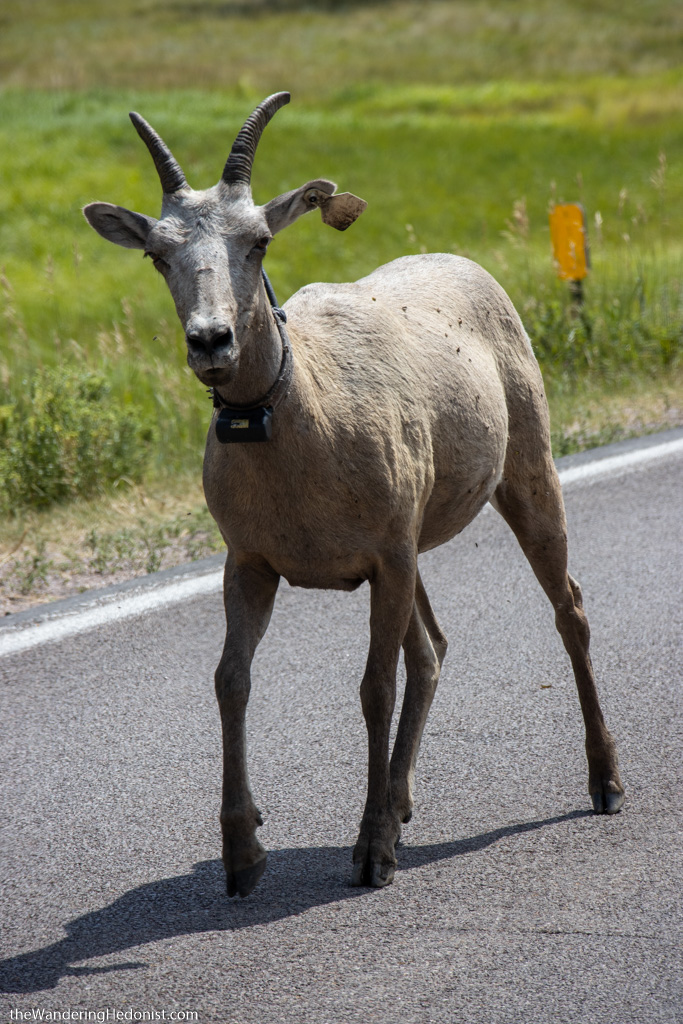
Bighorn sheep crossing! Photo by The Wandering Hedonist.
Bison
One of the world’s largest publicly-owned bison herds lives in Custer State Park. While the population varies from year to year, the herd typically numbers around 1,300-1,400 buffalo.
Each year, the park hosts an annual Buffalo Roundup and Arts Festival. During the event, visitors can watch cowboys and cowgirls rounding up the thundering herd. The roundup is part of the park’s management plan to ensure the population does not exceed the available rangeland forage area. After the roundup, selected animals are auctioned off and hunted.
During our visit to the park, we found the park’s buffalo herd at the very southern tip of the Wildlife Loop. Here, the buffalo are corralled together and very easy to spot.
Pronghorn Antelope
Commonly referred to as antelope, pronghorn are also commonly sighted along the Wildlife Loop Road. Daniel and I spotted several pronghorn during our visit who ran along side of the road for a while.
Pronghorns live on the open grassland and are the fastest land animals in North America with speeds up to 60 miles per hour.
Begging Burros
The “begging burros” are a famous fixture at Custer State Park. These wild donkeys are known for begging for food from visitors and have been known to be so friendly that they have tried to get into people’s vehicles. Daniel and I looked forward to seeing some burros during our visit but alas we only saw them from a distance.
You can read more about the begging burros at this article: ‘Begging Burros’ are Friendly to a Fault.
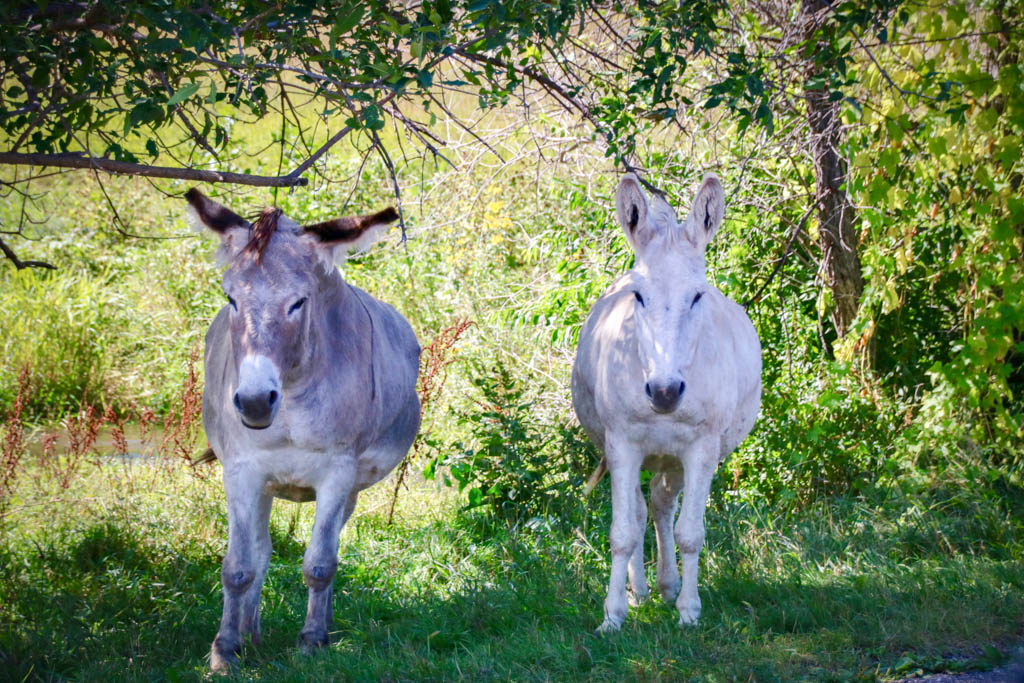
Begging Burros. Photo by Chris Christensen from Amateur Traveler.
Prairie Dogs
Prairie dogs are also commonly found in Custer State Park’s grassland areas. Families of prairie dogs live together in large social groups called prairie dog towns and are *adorable*.
Daniel and I didn’t see very many prairie dogs during our visit to Custer State Park. We did see see quite a few on our Black Hills road trip to Wind Cave National Park, however, which is just down the road.
Custer State Park Information and Map
Be aware that road construction occasionally impacts visitors to Custer State Park. In 2021, Custer State Park Wildlife Loop construction caused road closures and delays from July to October.
Be sure to consult the Custer State Park web site before your trip for current road and park conditions along with fee information.
Custer State Park Wildlife Loop Cost
The fee to enter Custer State Park is $20 per vehicle. This pass is good for an entire week but is not necessary for cars passing straight through on US Highway 16A or SD Highway 87 South without stopping.
The pass is required, however, for travel on Needles Highway or Wildlife Loop Road. Annual licenses are also available.
Custer State Park Wildlife Loop Hours
Custer State Park is open 24 hours a day.
The Custer State State Park Visitor Center is located at the junction of US Hwy 16A and Wildlife Loop Road. It is open every day from 9:00 am to 6:00 pm from Memorial Day to September 30th. It is open from 9:00 pm to 4:00m every day from October 1 to Memorial Day (except for Christmas and New Year’s Day).
The Wildlife Station Visitor Center is located eight miles south of Hwy 16A on Wildlife Loop Road. It is open every day from 9:00 am to 5:00 pm from Memorial Day to September 30th. It is closed from October 1 to Memorial Day.
Custer State Park Wildlife Loop Map
Where does Wildlife Loop Road start? There are two ways to enter the loop depending on which park entrance you use.
East Entrance: the east junction for Wildlife Loop Road starts near the Visitor Center on Highway 16A near. From here the road heads south and then loops back to Highway 16A near the West Entrance.
West Entrance: the west junction Wildlife Loop Road officially starts at Highway 87 near the Blue Bell Entrance. But most visitors will from the West Entrance will start the loop on Highway 16A and then turn right on Highway 87 before reaching Legion Lake. Then turn onto the Wildlife Loop Road near the Blue Bell Entrance.
A full map of Custer State Park is available for download from the Custer State Park web site: Custer State Park Overview Map.
Accommodations at Custer State Park
The park offers 9 different campgrounds in within the park boundaries. Four historic lodges are also available at Custer State Park Resort.
Since Daniel and I planned to visit several attractions in the Black Hills area, we stayed at the privately-owned Big Pines Campground in Custer since it is more centrally located. The campground has a number of 30 and 50 amp sites nestled among the forest along with some primitive tent camping sites and a camp store. It was a great choice and we enjoyed our time there.
Like this blog post? Pin it!




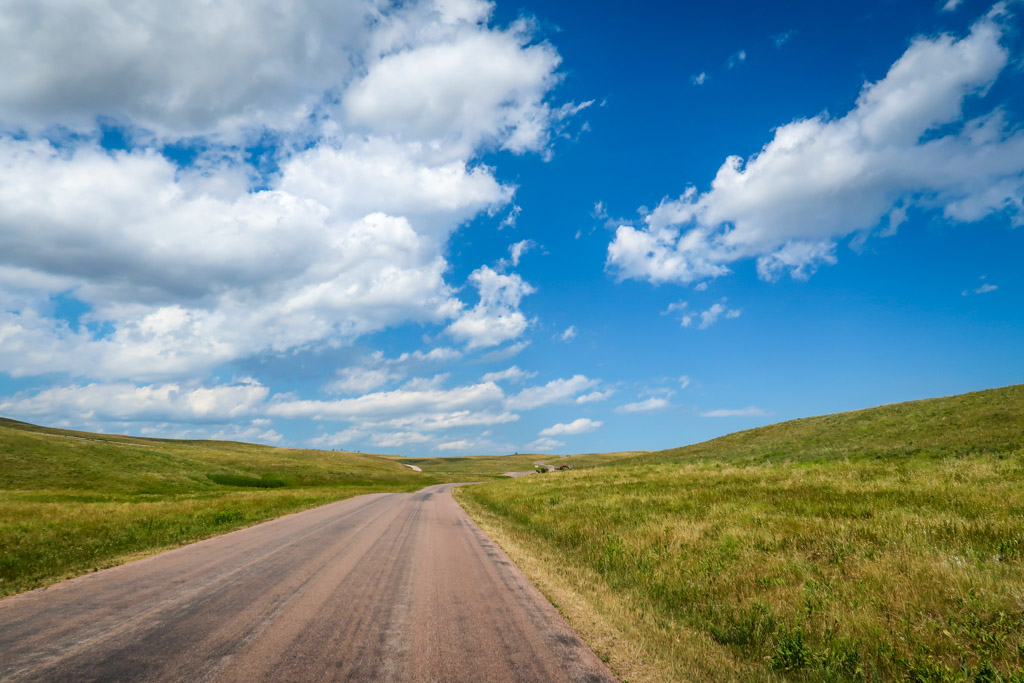


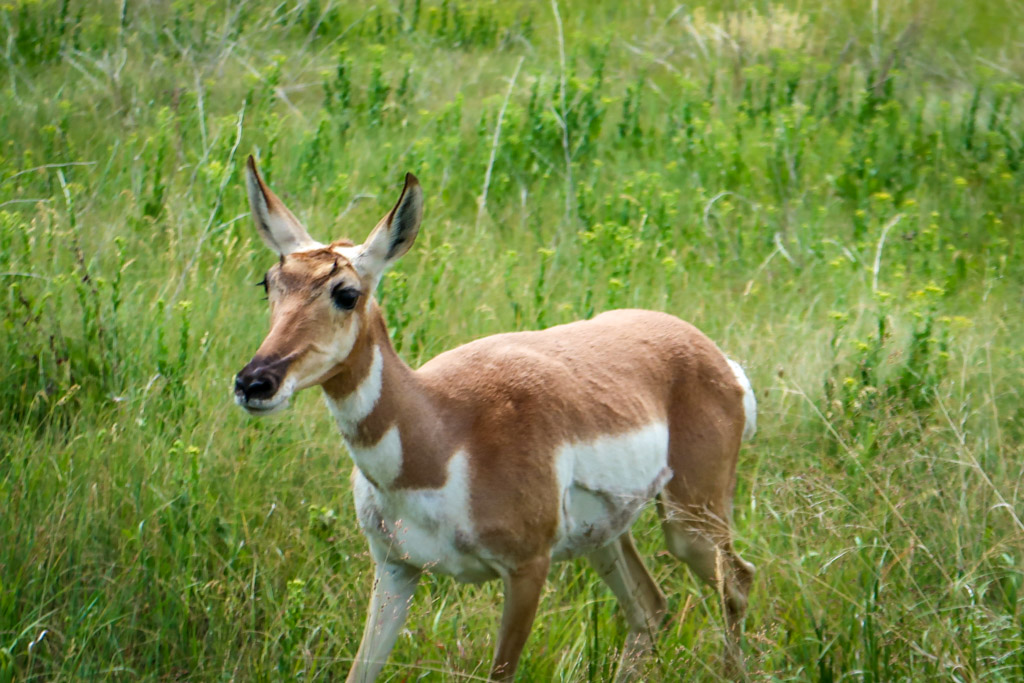
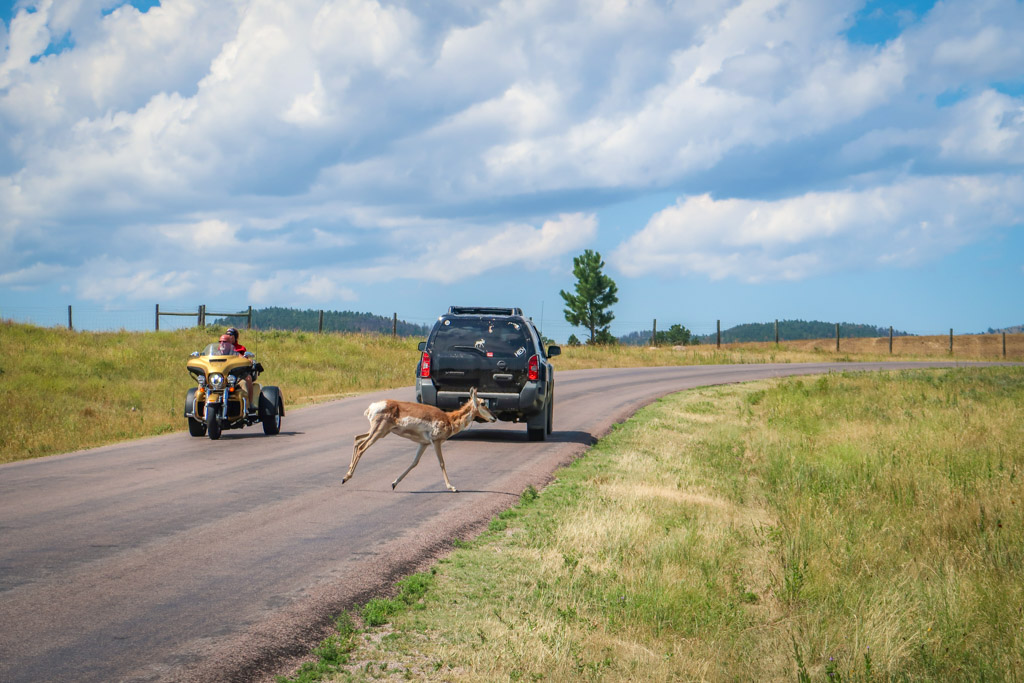








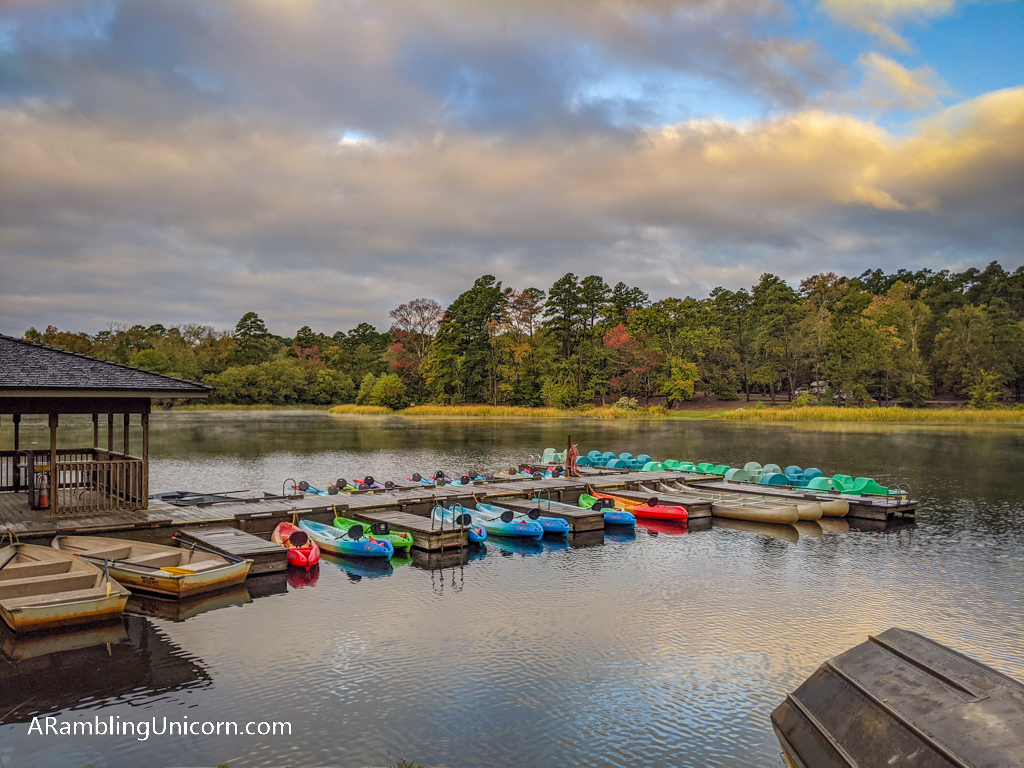
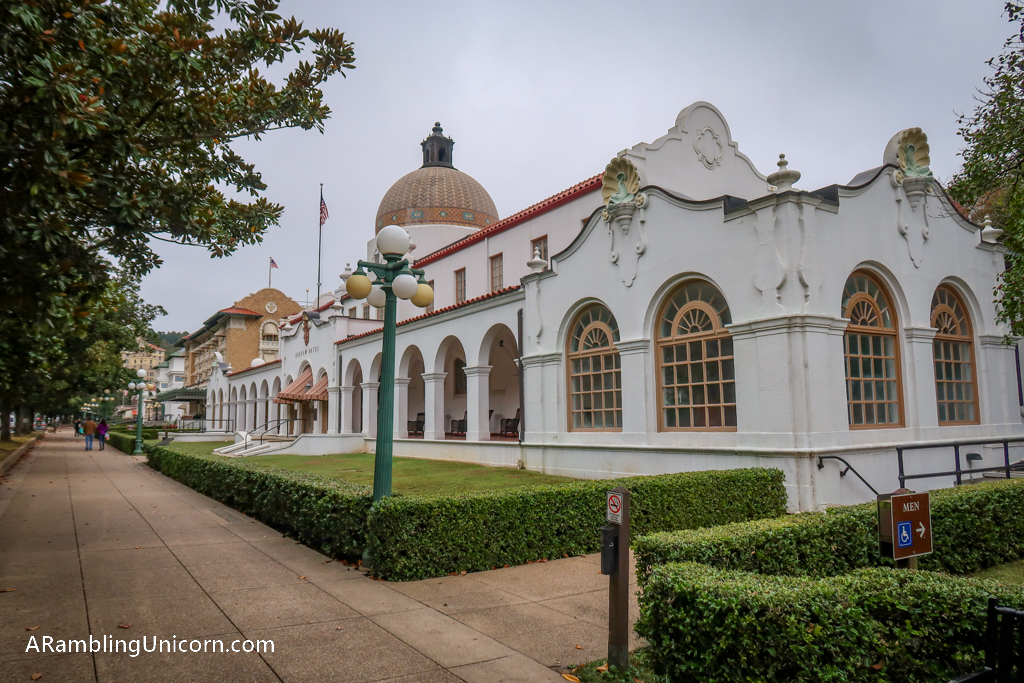
I’ve heard that Custer State Park is a wonderful park! Glad you got at least a taste of it!
Thanks!